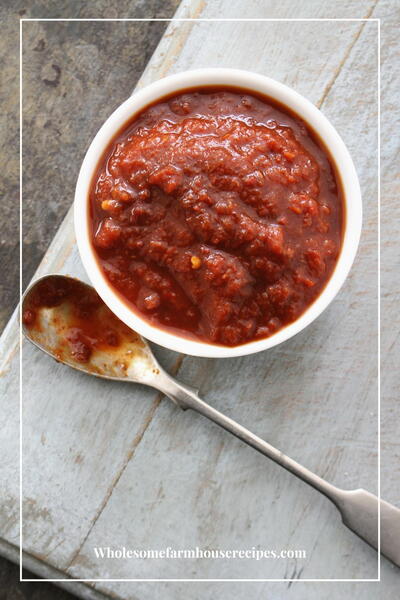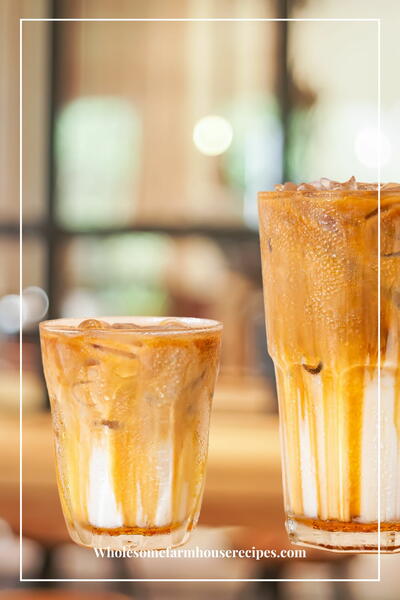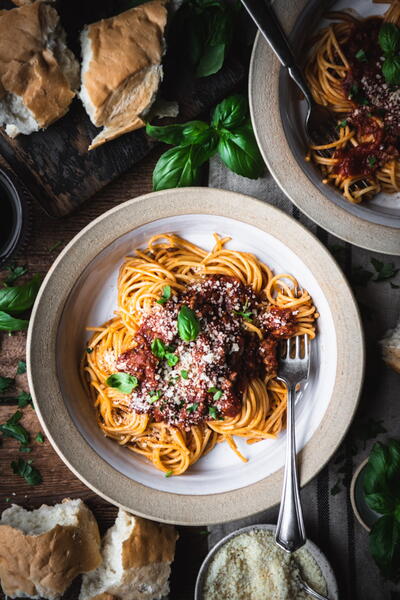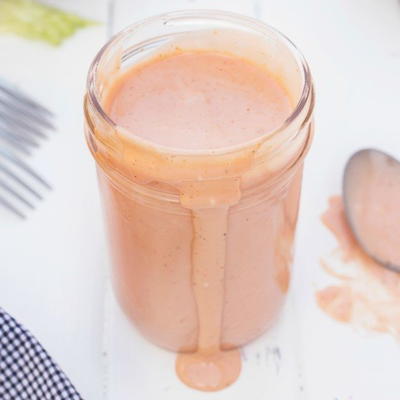Demi glace (half glaze)
Ingredients
- 13 pounds beef shin, with bones cut into 3-inch pieces
- 13 pounds veal shank, with bones cut into 3-inch pieces
- 8 tablespoons (1 stick) butter
- 2 pounds carrots, peeled and sliced in rounds
- 10 medium onions, peeled and sliced
- 1 1/2 pound pork rind, cut into 3-inch squares
- 1 fresh pig's foot (optional), split
- 1 bunch parsley
- 1 tablespoon plus 1 teaspoon fresh or 1 1/4 teaspoons dried thyme
- 14 bay leaves
- 1 clove garlic, finely chopped
- 1 pound unsalted butter
- 3 3/4 cups sifted all-purpose flour
- 1/4 pound salt pork, diced
- 4 pounds whole canned Italian tomatoes, drained, seeded, and finely chopped
- 1 cup Madeira
Instructions
MAKES 5 QUARTS (20 CUPS). Cut meat away from the beef and veal bones. (A perfectly acceptable sauce can be made entirely from the equivalent weight of beef and veal bones, without meat.) Slice meat into 2-inch cubes. Have your butcher cut the bones. Splintered bones offer far greater surface area to be browned (which will improve the color of the sauce), and they will yield up their gelatin more efficiently. But unsplit bones will still make an admirable stock. Preheat the oven to 400 degrees. Brown bones in a roasting pan, in batches. Do not use more than one level of the oven at a time. Roast the bones until they have turned a deep caramel color, turning them over once. Keep looking in the oven to make sure they are not burning. While the bones are browning, set a 35- to 40-quart stock pot over as many burners as it will straddle (two 20-quart pots will work as well so long as you divide all quantities in the succeeding steps evenly between the two pots), fill it with 16 quarts (4 gallons or 64 cups) of cold water, cover, and bring to a full, rolling boil. This may take as long as 45 minutes. While you are browning the bones and waiting for the water to boil, melt the 8 tablespoons of butter in a large skillet and saute 1 1/2 pounds of the carrot rounds and 8 of the sliced onions together until the onions are transparent. If the stock pot is covering all of your burners, push it off of one of them so that you can do this and the next step. Replace it, if it hasn't boiled by then. Blanch the pork rind in enough simmering, unsalted water to cover, for 5 minutes. Drain and reserve. When the water boils, move the pot so that it covers only one or, at most, two burners. Add the browned bones (discarding any burned pieces, which will contribute nothing except a burned taste), the sauteed carrot rounds and onion slices, the blanched pork rind, the split pig's foot (if used), the parsley, 1 tablespoon of the fresh or 1 teaspoon of the dried thyme, 12 of the bay leaves, and the garlic. Return to the boil, reduce heat and simmer for 12 to 15 hours, half covered. This can be done overnight, but experience suggests that if you begin the slow simmering in the morning, that leaves ample waking time for occasional supervision of the liquid level, which can more conveniently be topped up with boiling water little by little rather than all at once the next morning. Also, if you simmer by day, you will then have the late night and early morning for cooling the stock, a lengthy but automatic process that does not require your presence. While the stock simmers, brown the meat cubes on all sides in a heavy pan. As with the bones, successful browning is essential to the color of the sauce. Rendered fat from the meat cubes themselves eliminates the necessity for oil, except perhaps to get the first batch going. Do not crowd the pan. High heat is essential to browning. The cubes should stick to the surface of the pan and turn a caramel color before you turn them. A cube has six sides, and all of them are equal in importance. Reserve the browned meat in a large bowl. Two hours before the bones have finished simmering, add the browned meat cubes to the stock. Bring to a full boil again, skim, reduce heat and simmer for the remaining time, half covered. Note the new water level. It should be maintained with additions of boiling water as before. Clarify the unsalted butter. Cut it into chunks, melt it in a saucepan, and then let stand in an untrafficked place for 30 minutes, while the white milk solids settle out. Some milk solids will float to the surface. Skim them away and discard them. Spoon the clarified butter into a clean container (or directly into a clean skillet), leaving all solid debris on the bottom of the saucepan. You will probably have slightly more clarified butter than the 22 tablespoons you need for the roux for this recipe. Refrigerate the excess. The surplus is intentional, so that the most profligate clarifier will end up with the necessary minimum. Make a brown roux. Heat the 22 tablespoons of clarified butter (1 cup plus 6 tablespoons), in a _heavy_ skillet. Remove the skillet from heat and whisk in all the flour as quickly as you can, to make a homogeneous, buttery paste. Cook the roux over medium-low heat, stirring occasionally, until it begins to turn a nut brown. During the final stages of this slow, possibly hour-long process, you must stir the roux frequently to prevent burning. Lower heat so that you can control the coloration. Good brown roux will look almost the same color as chocolate. Discard any burned particles. They will transmit their taste to the sauce. Also, burned roux will not thicken the sauce. Remove finished roux from the skillet immediately, cool, and reserve in the refrigerator. When the stock has finished simmering, remove as many solid ingredients as you can with a skimmer. Discard everything but the meat cubes, which can be eaten as they are, hot from the pot, or ground up for croquettes and patties. Strain the stock through a chinois. Ladle out a quart at a time with a saucepan or dipper. The stock will cool faster if strained into several smaller pots or bowls; you'll need a total capacity of about 15 quarts. Do _not_ cover these pots until the stock has cooled or it will curdle. Early the next morning, refrigerate the stock, so that the fat that has risen to the top will solidify for easy removal. Fat-free stock can be frozen or it can be kept in the refrigerator, so long as you reboil it every 2 or 3 days. You can also remove fat from liquid, room-temperature stock with a flat spoon and soak up the last traces by running sheets of paper toweling over the surface. You will have at least one more chance to remove fat, so don't be compulsive about trapping every last globule at this point. You should, however, get rid of virtually all of it. On the day you choose to press on to the espagnole stage, put 7 quarts of the fat-free stock into a clean stock pot (of at least 20 quarts) over high heat. While the stock heats up, make a mirepoix. Heat the salt pork in a heavy enameled or cast-iron skillet (tinned copper surfaces will bubble under the ensuing heat), discard pork cubes as they brown, and use the rendered fat to saute the remaining carrots and onions until the onions are transparent. Drain well. Just before the stock begins to simmer, pour a quart or so of it over the roux in a saucepan. Whisk until the roux has dissolved. Use more stock, if necessary. Then pour the mixture back into the stock pot and whisk until thoroughly blended with the stock. Bring to a full boil, lower heat and simmer slowly, uncovered. Add the mirepoix as well as the remaining thyme and bay leaves. Skim every 10 minutes for 1 hour. Strain through a chinois, pressing lightly on the vegetables to extract juices. Wash out the stock pot. Return the strained, thickened stock to the stock pot. Add 2 more quarts of unthickened, fat-free stock. Bring to a boil once more. Reduce heat and simmer for 2 more hours, skimming regularly. Stir in the tomato sauce or tomatoes and continue to simmer and skim for another hour. The scum will have changed to red from the tomatoes. The sauce should already be of an impressive quality, rich and substantial, brown and aromatic. Strain through a chinois lined with muslin or a clean dish towel into a clean pot that will hold 8 quarts or more. If the sauce has not already reduced to 5 quarts, do so over high heat, skimming frequently. You now have espagnole. To make demi-glace, add the remaining fat-free, unthickened stock to the espagnole. Boil, reduce heat and simmer until the liquid reduces to slightly less than 5 quarts. Skim throughout the reduction. Strain through a chinois lined with muslin or a clean dish towel into a clean pot. Stir in the Madeira. Let cool, uncovered, to room temperature. There should not be any fat risen to the surface, but if there is, remove it with great scruple. Pour the demi-glace into small (1- or 2-cup) containers, cover, and freeze.
Read NextThe Best Spaghetti Sauce















